Many people are familiar with physical therapy as a form of rehabilitation after an injury or post-surgery, but few recognize its benefits when it comes to resolving chronic pain and declining mobility arising from everyday activities. When it comes to pain syndromes and movement disorders, medical doctors are often at a loss for long-term solutions, relying on drugs to manage pain without addressing its underlying cause. When all else fails, surgery is often presented as a last resort, with no guarantee of successful outcomes.
At NYDNRehab, our holistic approach to physical therapy treats the whole patient, not just your symptoms. Our goal is to help you quickly restore pain-free functional mobility – without drugs or surgery. Our 20+ years of experience, personalized treatment protocols and track record of success make NYDNRehab the physical therapy clinic of choice in Manhattan, NYC.
Dr. Lev Kalika, clinical director and founder of NYDNRehab, is an internationally recognized expert in diagnostic and musculoskeletal ultrasonography, with multiple research publications to his credit. Dr. Kalika has studied alongside some of the world’s most prestigious experts in diagnostic, fascial, and nerve ultrasonography, and has presented his research at multiple international conferences.
Dr. Kalika was among the first in his field to become certified in Dynamic Neuromuscular Stabilization (DNS), one of the most evidence-based approaches for treating chronic movement disorders. He was directly mentored and certified by the creator of DNS, Dr. Pavel Kolar. DNS is just one of many alternative therapies mastered by Dr. Kalika to provide patients with a range of physical therapy options.
Dr. Kalika is an active member of the American Institute of Ultrasound in Medicine (AIUM), and has developed his own unique approach to Dynamic Functional and Fascial Ultrasonography. His expertise in human anatomy and biomechanics, coupled with his skills in interpreting high-resolution ultrasound imaging, means patients at NYDNRehab get a comprehensive and accurate diagnosis that translates to successful physical therapy results.
Conventional physical therapy strives to restore baseline functionality to patients after an injury or surgery. A steady stream of patients referred from doctors and hospitals means busy physical therapists often treat multiple patients in the same session, relying on one-size-fits-all protocols and standardized recovery timelines. But that impersonal approach is not conducive to patient compliance or optimal results.
At NYDNRehab, our personalized holistic approach means patients get one-on-one physical therapy, based on their unique condition. We understand that every patient has a unique anatomy, and every pain syndrome or movement disorder has its own distinct characteristics. Without thorough analysis, critical issues can be overlooked that make physical therapy of little use.
Our treatment protocols are custom-designed, based on data collected via advanced imaging and comprehensive assessments that pinpoint the exact cause of your pain and dysfunction. We go beyond alleviating your symptoms to get to the bottom of things, with the goal of restoring pain-free functional mobility.
Our clinic features some of the most advanced technologies available for assessment, diagnosis, and treatment, allowing us to accurately quantify your condition and monitor your results. We listen attentively to your questions and feedback, and keep you in the loop on your progress. Our personalized one-on-one approach means you receive the very best care for your condition, so you can quickly return to your favorite activities.
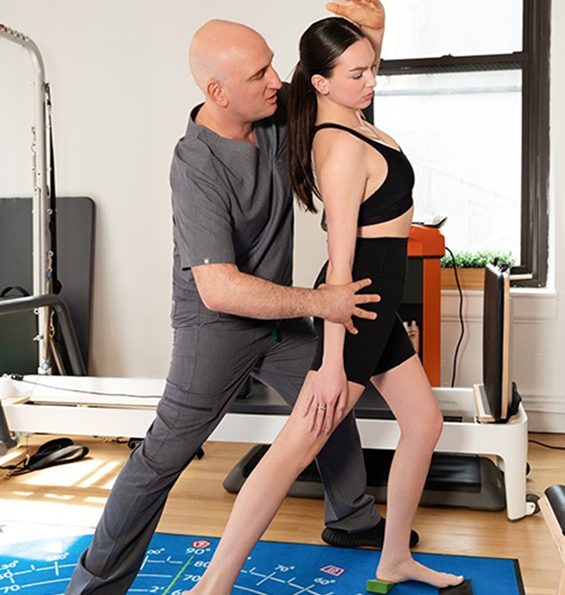
Low back pain and sciatica
Neck and shoulder pain
Poor posture
Plantar fasciitis
Pelvic pain and dysfunction
Myofascial pain
Ankle pain and instability
Knee pain
Hip pain
Carpal tunnel syndrome and wrist pain
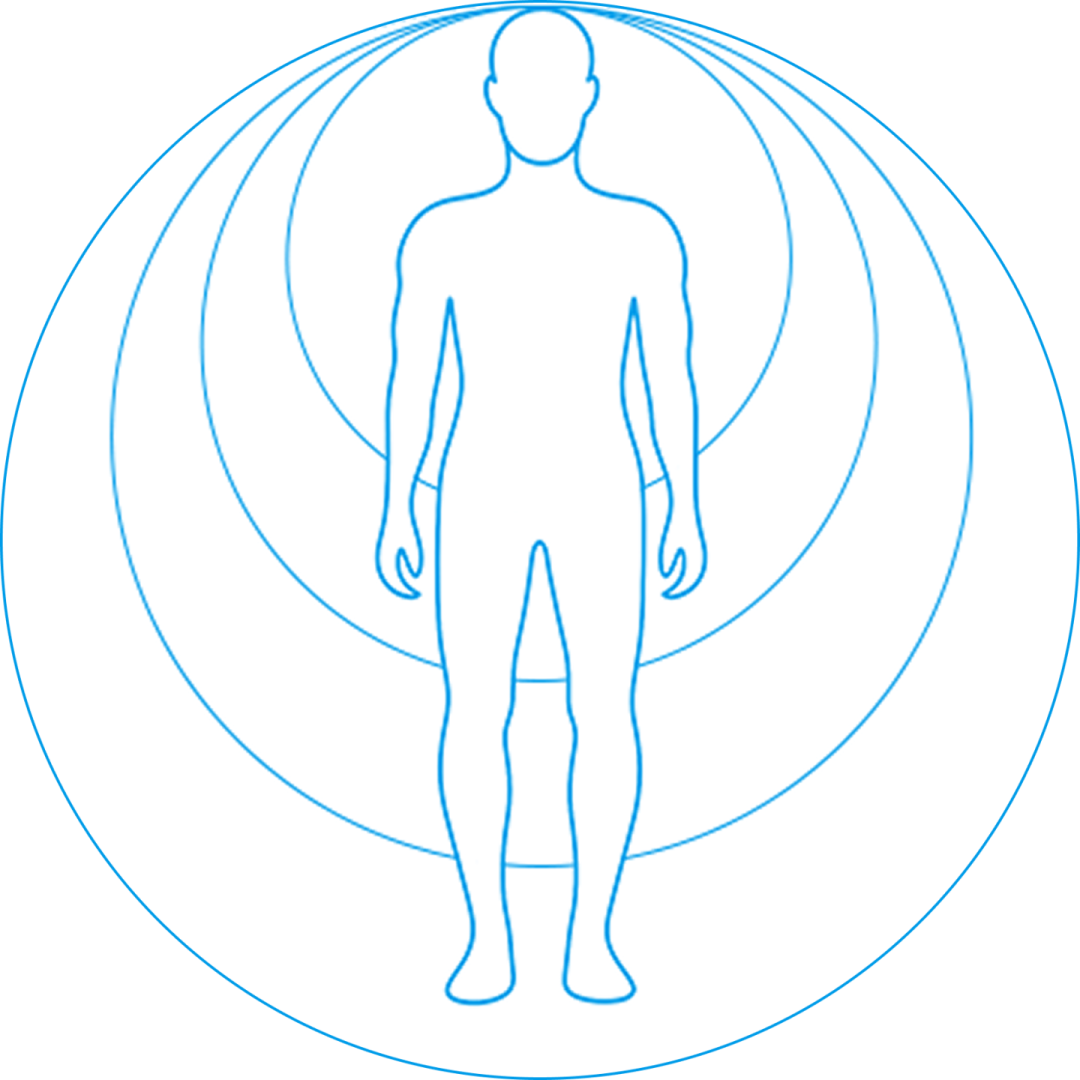
Elbow pain
Chronic headaches
Poor balance and instability
TMJ syndrome
Thoracic outlet syndrome
Tendon pain and degeneration
Lymphedema
Joint hypermobility and Ehlers-Danlos syndrome
Joint osteoarthritis
More
We connect the dots between pain, dysfunction, and issues arising from repetitive overuse, inefficient biomechanics, and previous injuries. Once all contributing factors are identified, we create a personalized treatment protocol geared to getting you back on track in the shortest time possible.
The majority of physical therapists are dedicated to their profession, with a genuine desire to help their patients, but there exists a gap between patient diagnosis and effective treatment. Many patients are referred by medical doctors who have pre-diagnosed their condition, and the therapist operates on the assumption that the diagnosis is comprehensive and accurate. Yet doctors often overlook critical factors that need to be addressed before physical therapy begins.
Conventional physical therapy can be futile and lead to chronicity when a complete and accurate diagnosis is not established. In many cases, the root cause is not biomechanical in nature, and physical therapy may be useless. Unless the therapist can visualize the interplay between various tissues and structures, therapy becomes a guessing game at best.
Moreover, many therapists have a limited or biased repertoire of methodologies, and they often try to fit the patient to the treatment instead of matching the best treatment to the patient. When a proper diagnosis has not been established, or the diagnosis is symptoms-based, the interaction between structure and function is overlooked, with no strategic planning for the most effective treatment protocol.
In some cases, patients suffer through months of painful and ineffective physical therapy when their complaint could have been completely healed in a single session with an orthobiologic procedure like PRP or nerve hydrodissection. Without advanced technologies and ultrasound imaging, physical therapy can do more harm than good, prolonging the patient’s pain and costing them money.
At NYDNRehab, our integrative approach and precise diagnosis gets to the root cause of your condition. We consider the complex interplay of structures throughout the entire body, and our personalized treatment plans are based on what will most effectively resolve the patient’s condition in the least amount of time.
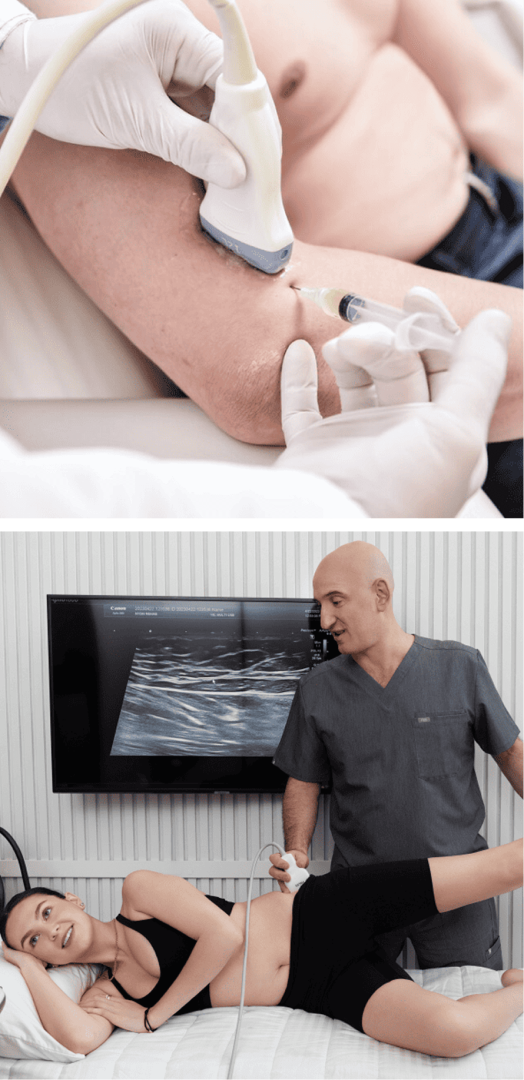
In addition to reviewing your health history and conducting a physical exam, we leverage advanced technologies for data collection and analysis. Our state-of-the-art motion analysis lab is second to none, providing us with powerful tools to detect biomechanical inefficiencies invisible to the naked eye. Assessment results feed directly into proprietary software, creating a baseline profile that helps us develop your personal recovery plan and monitor your results.
NYDNRehab is one of the few private physical therapy clinics in NYC to feature on-site high-resolution ultrasonography. Your dynamic ultrasound exam takes place on your first visit, where we visualize your tissues and structures in real time. Dr. Kalika’s expertise in diagnostic ultrasound means your exam results will be accurately interpreted, with no waiting for lab results, so we can quickly set you on the road to recovery.
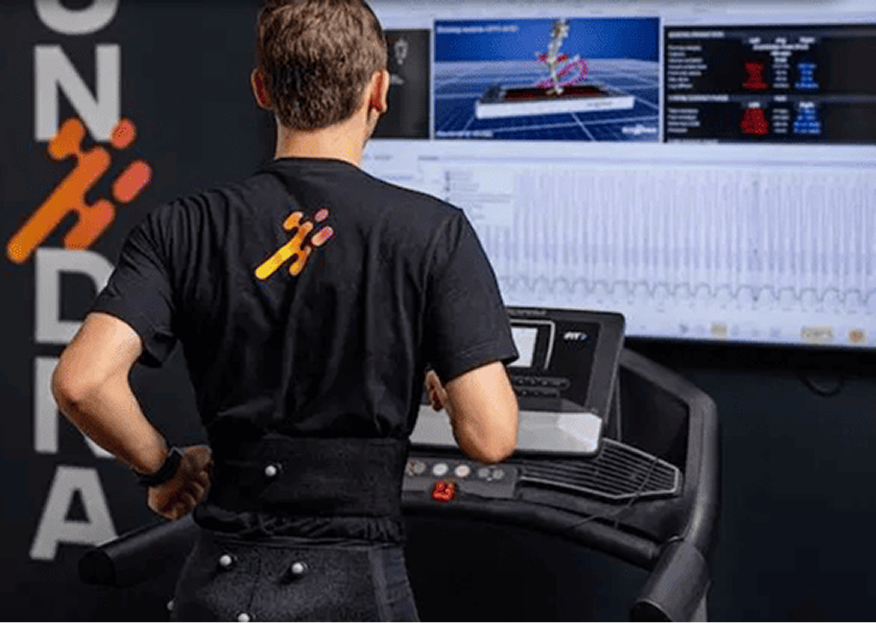
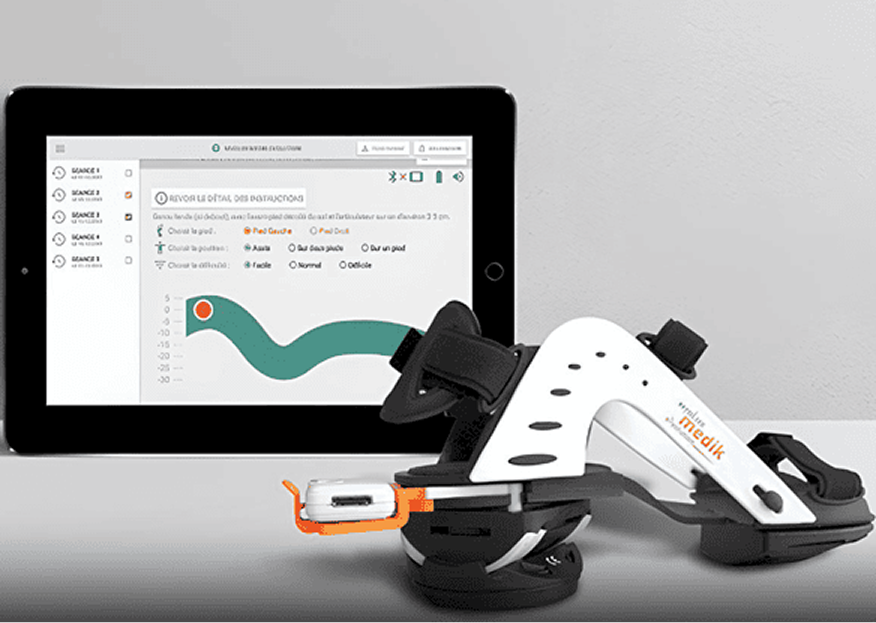
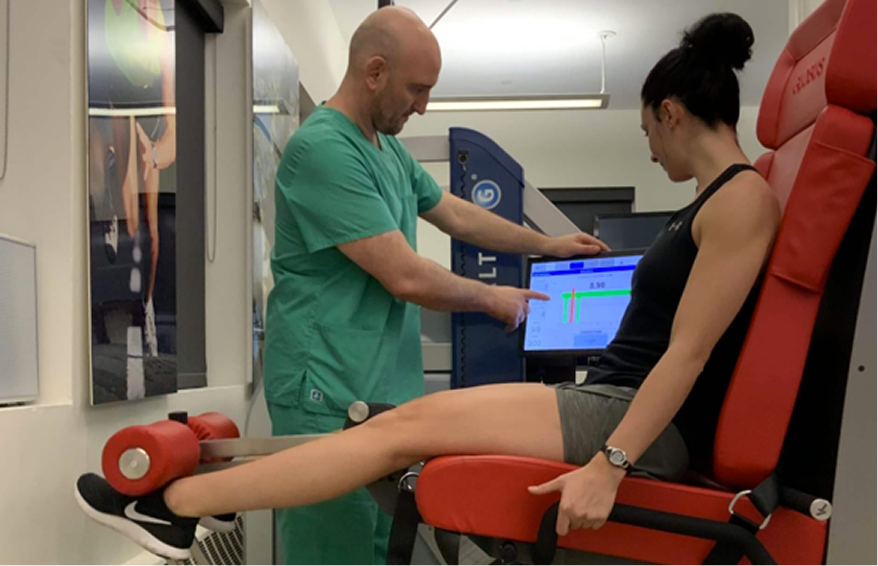
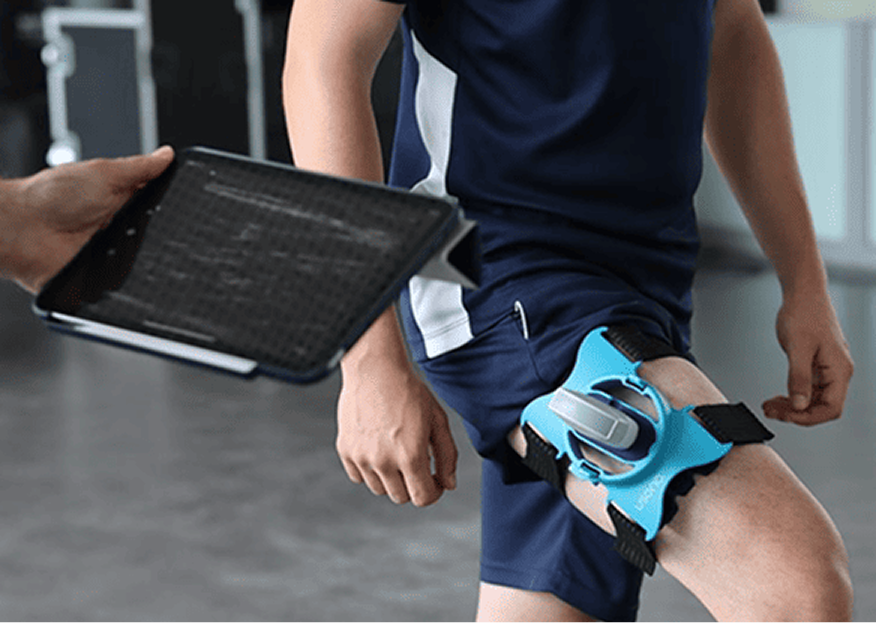
Physical therapy is a valuable and effective approach to restoring pain-free mobility, but in many cases, physical therapy does not provide a stand-alone solution. Prior to beginning physical therapy, patients often need to address underlying issues that contribute to their pain and disability.
Identifying and treating underlying issues prior to beginning physical therapy is key to getting fast and effective results. Failure to do so can completely undermine your treatment protocol, and in some cases, your condition may even worsen.
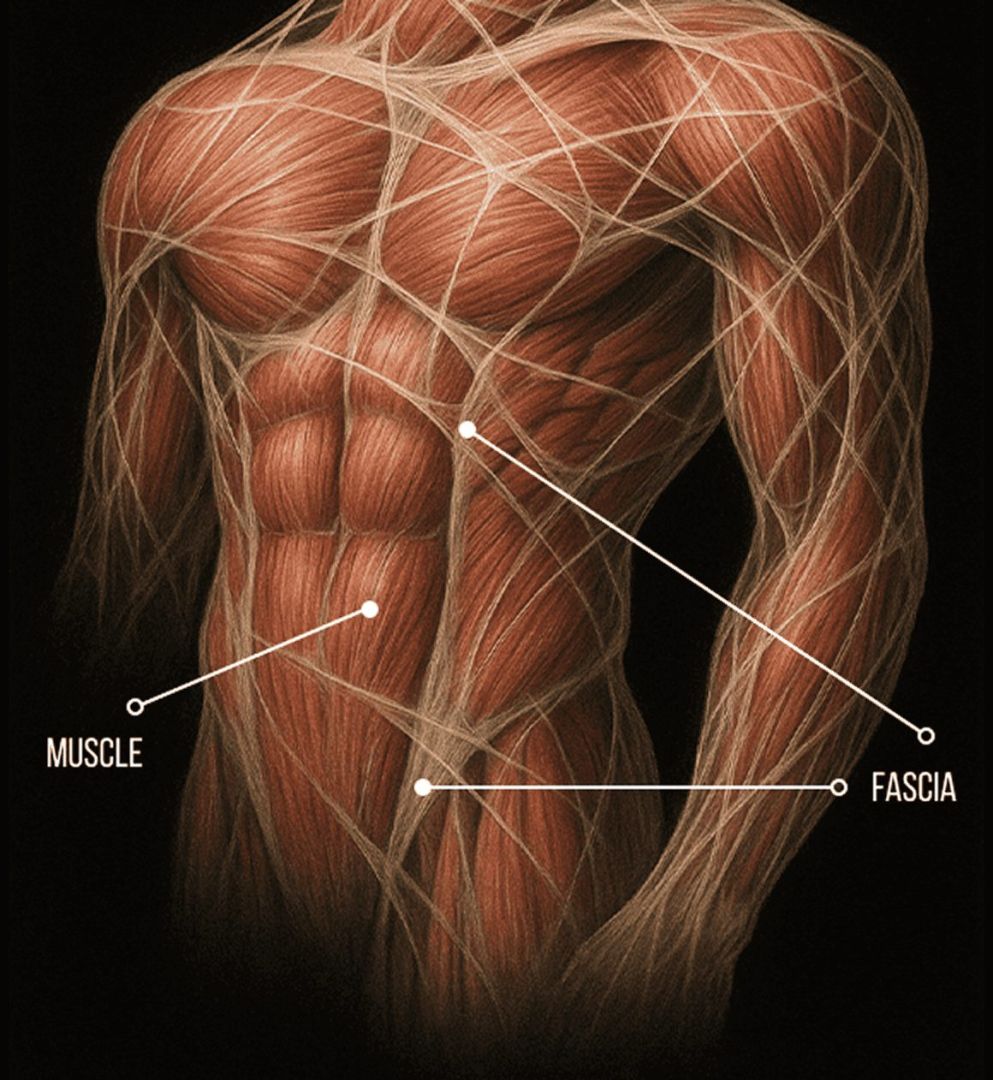
Fascia is a specific type of connective tissue that forms a smooth and elastic network throughout the body, encasing and connecting muscles and holding the vital organs in place. Fascia works together with muscle to create biotensegrity – a system of elastic tension that maintains alignment and posture, and holds the body’s structures in place as you move.
Despite its critical role in human mobility, medical doctors and medical insurance providers do not recognise fascia as a treatable tissue. Yet myofascial trigger points, fascial densification, and tissue adhesions can seriously interfere with muscle action, limit mobility, and generate pain. Dr. Kalika uses high-resolution ultrasound to detect and treat damaged or defective fascia, dramatically enhancing physical therapy outcomes.
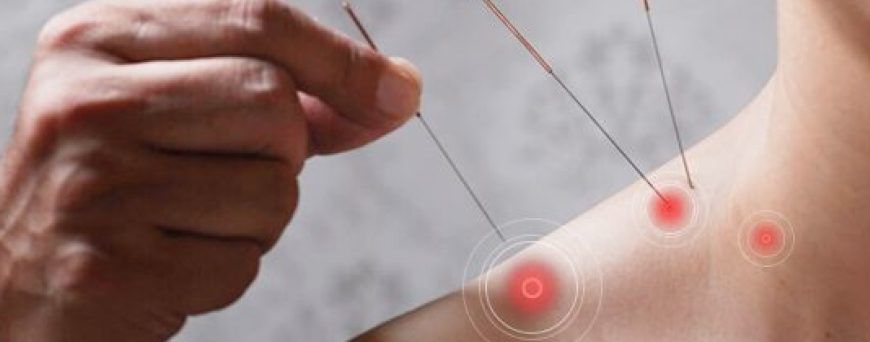
The dry needling procedure inserts filament-thin needles through the skin to reach myofascial trigger points – fibrous knots of tightly contracted tissues that cause pain and disrupt myofascial function. When precisely inserted, the needles cause a twitch response that immediately releases the trigger point. Research published by Dr. Kalika and colleagues in 2023 found that dry needling targeting mechanically obstructed shoulder structures, particularly the acromioclavicular joint (ACJ), resulted in improved shoulder movement and decreased myofascial pain.
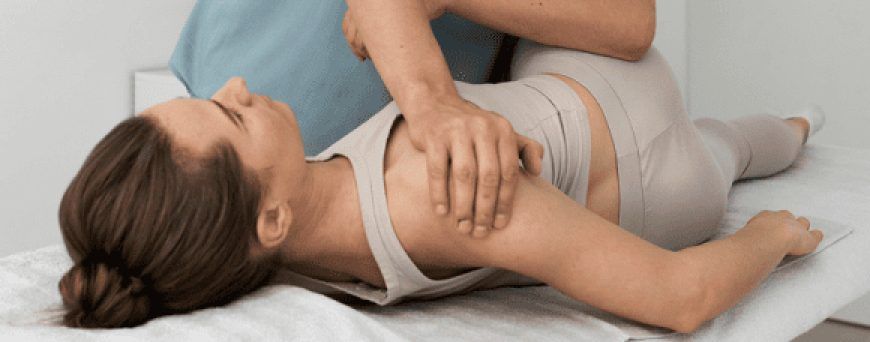
The Stecco method of fascial manipulation involves deep friction that heats up tissues and stimulates mechanical action. When performed by a trained professional, Stecco fascia manipulation is a fantastic and evidence-based methodology for breaking up scar tissue and releasing adhesions, to restore the integrity of fascial tissue. Patients often report immediate pain relief after a single Stecco session.
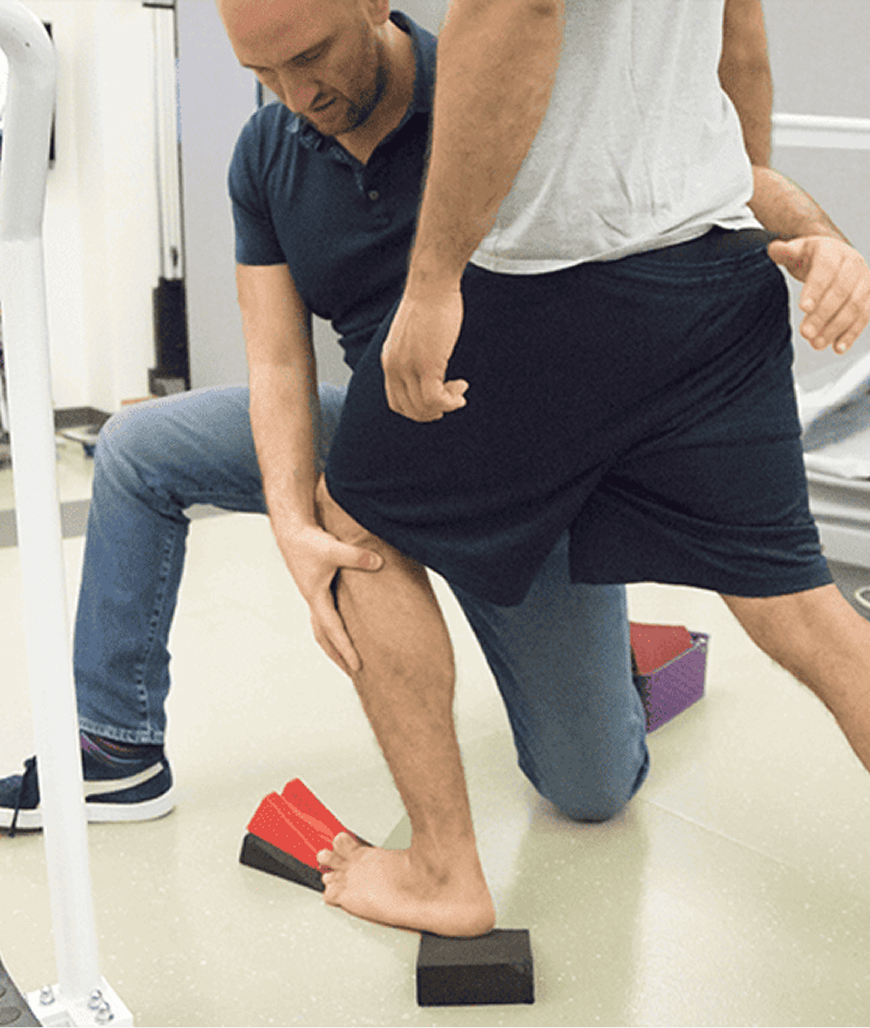
Your physical therapy protocol may also include a combination of the following holistic approaches:
Musculoskeletal injuries and pain syndromes typically involve multiple tissue types, and each type has unique treatment requirements. Without clear imaging it is impossible to precisely target and treat diverse tissue types, or to guide regenerative procedures, especially when deep tissues are involved.
High resolution ultrasonography provides a safe and effective imaging solution that supports precise diagnosis and effective treatment. Thanks to ultrasound imaging, we frequently find tendon tears, fascial adhesions, entrapped nerves and other issues that were overlooked by other physical therapy clinics.
For example, one patient with chronic foot pain had received extensive physical therapy at another clinic that made his condition worse. Thanks to Dr. Kalika’s expertise in diagnostic ultrasound, we found a small but painful rupture in the plantar fascia that had gone unnoticed. Click here to read how we helped this patient fully recover from his chronic foot pain.
Ultrasound is also useful as a feedback tool for correcting posture and restoring disrupted muscle coordination patterns. As the patient visualizes the muscles and bony structures in motion, the brain processes that information to reactivate dormant neuromuscular pathways that govern efficient biomechanics.
Our top-tier ultrasound equipment also has capabilities for sonoelastography to test for soft tissue density and elasticity, and superb microvascular imaging to confirm early signs of healing. This valuable information helps us steer the course of your physical therapy protocol and monitor its effectiveness.
Without clear imaging, it is impossible to arrive at a complete and accurate diagnosis, or to develop an effective treatment plan. Physical therapy based on symptoms alone, without imaging or tissue pre-treatment, is bound to fall short of its goals, because it does not take into account all relevant factors.
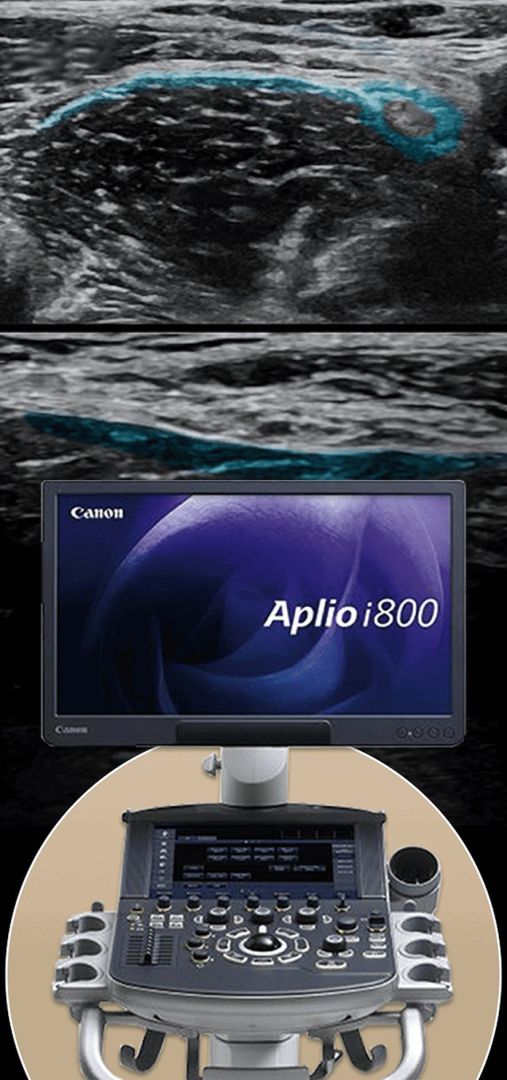
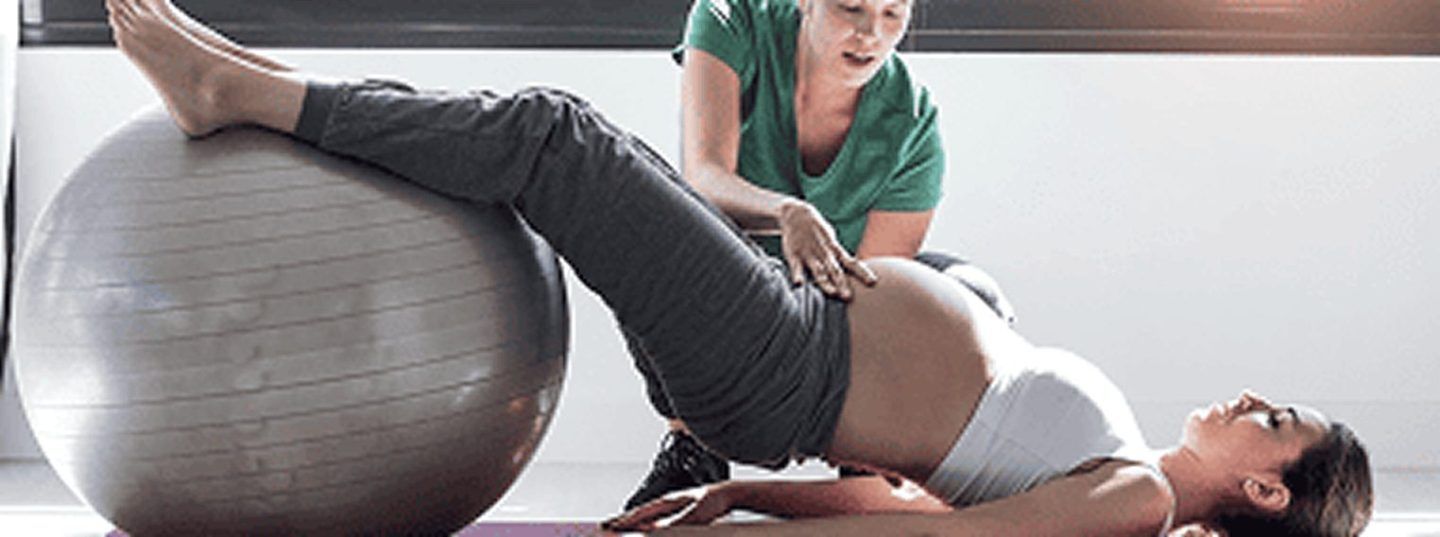
Pregnancy and childbirth present short-lived but rewarding challenges for the female body. Changes in body weight, hormones, and a growing fetus can place stress on the body’s structures as your center of gravity shifts to accommodate the added load. Prenatal physical therapy can help you navigate your body’s changes and enhance your birth experience. Once the baby is born, physical therapy can help you get back in shape and restore normal function. Conditions like diastasis recti, uterine prolapse, incontinence and other post-partum issues can benefit greatly from physical therapy.

Dysfunction in the pelvic region can affect both men and women, causing embarrassment and making life miserable. Pelvic pain, sexual dysfunction, urinary and bladder incontinence, organ prolapse, and other common problems can be successfully treated with specialized pelvic physical therapy.
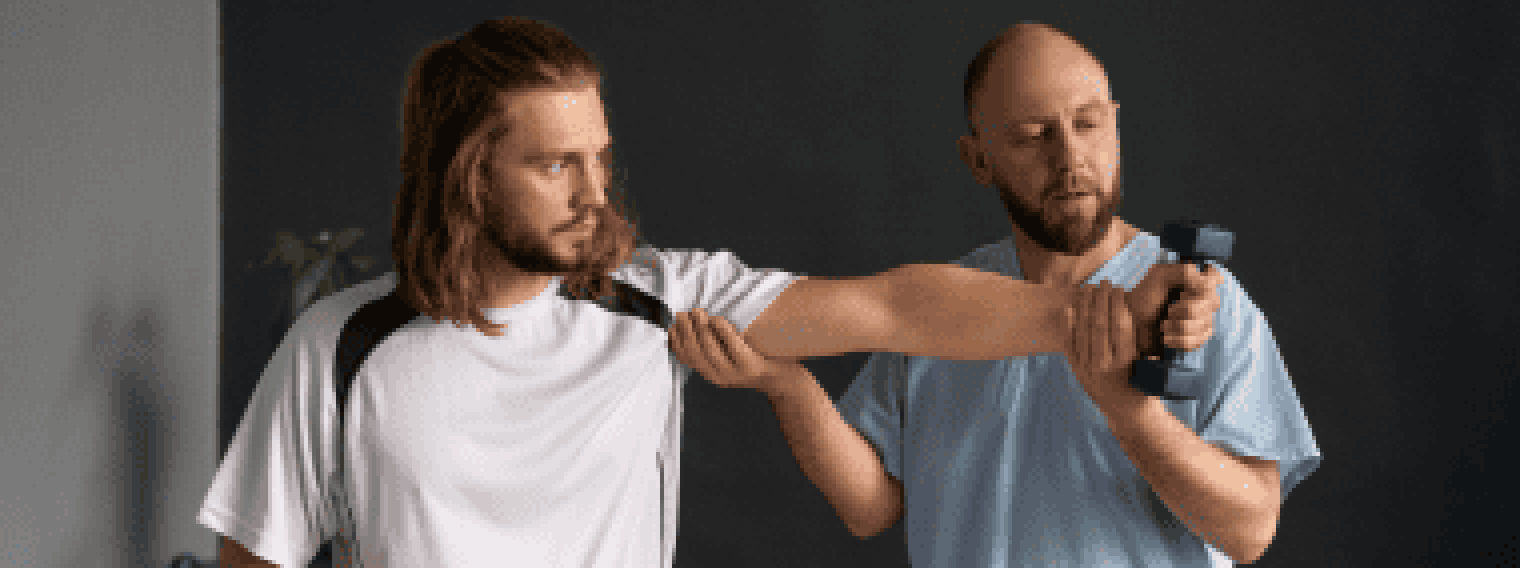
Competitive athletes need to train constantly to stay at the top of their game. In the process, they often develop overuse injuries, muscle imbalances, biomechanical deficiencies and myofascial issues that undermine performance. Professional sports teams rely on physical therapy to keep their athletes in top shape, but you don’t have to play for the pros to leverage the advantages of sports physical therapy. Whether you need to rehabilitate an injury, fine-tune your sports skills, or optimize overall performance, NYDNRehab is the premier clinic of choice for sports physical therapy in NYC.
Dr. Kalika is currently a certified member of:
American Institute of Ultrasound Medicine

Active member of ISMST
International Society of Extra Corporeal Shockwave Therapy
Active member of GCMAS
Gait and Clinical Movement Analysis Society
Active member of NASS
North American Spine Society
Active member of IADMS
International Association of Dance Medicine and Science
Active member of Virtual Rehabilitation Society
Active member of ASRA
American Society of Regional Anesthesia and Pain Medicine
American Academy
Association of Orthopedic Medicine
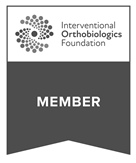
Active member of Interventional Orthobiologics Foundation